Nripendra Kumar Singh
Medical Image Generation using Generative Adversarial Networks
May 19, 2020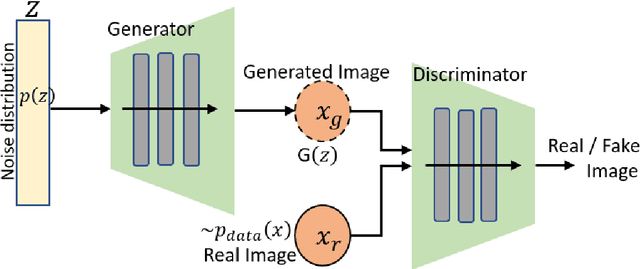
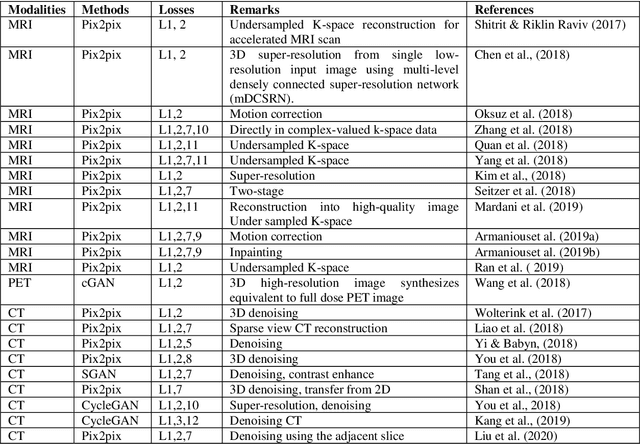
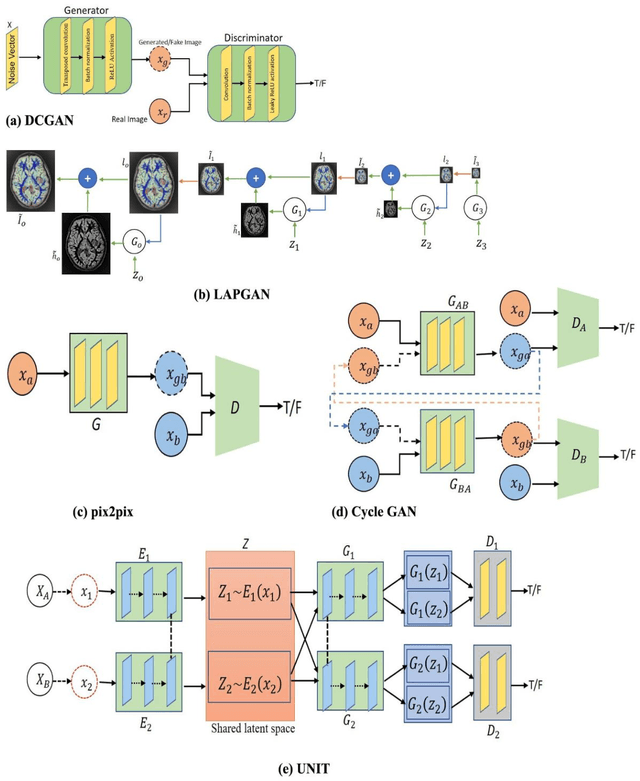
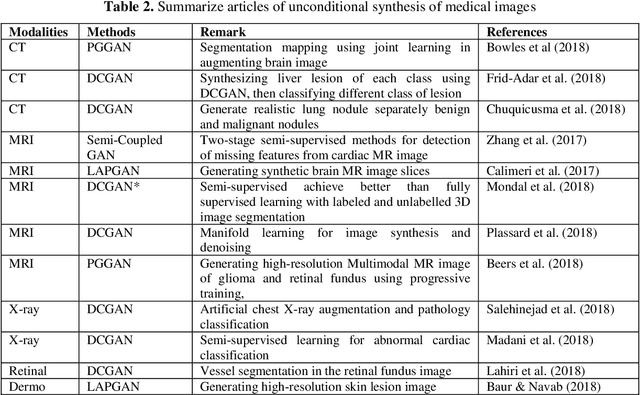
Abstract:Generative adversarial networks (GANs) are unsupervised Deep Learning approach in the computer vision community which has gained significant attention from the last few years in identifying the internal structure of multimodal medical imaging data. The adversarial network simultaneously generates realistic medical images and corresponding annotations, which proven to be useful in many cases such as image augmentation, image registration, medical image generation, image reconstruction, and image-to-image translation. These properties bring the attention of the researcher in the field of medical image analysis and we are witness of rapid adaption in many novel and traditional applications. This chapter provides state-of-the-art progress in GANs-based clinical application in medical image generation, and cross-modality synthesis. The various framework of GANs which gained popularity in the interpretation of medical images, such as Deep Convolutional GAN (DCGAN), Laplacian GAN (LAPGAN), pix2pix, CycleGAN, and unsupervised image-to-image translation model (UNIT), continue to improve their performance by incorporating additional hybrid architecture, has been discussed. Further, some of the recent applications of these frameworks for image reconstruction, and synthesis, and future research directions in the area have been covered.
A Tour of Unsupervised Deep Learning for Medical Image Analysis
Dec 19, 2018
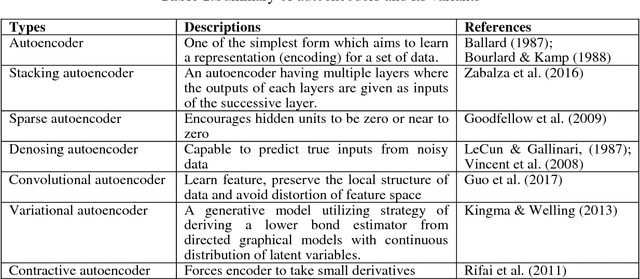
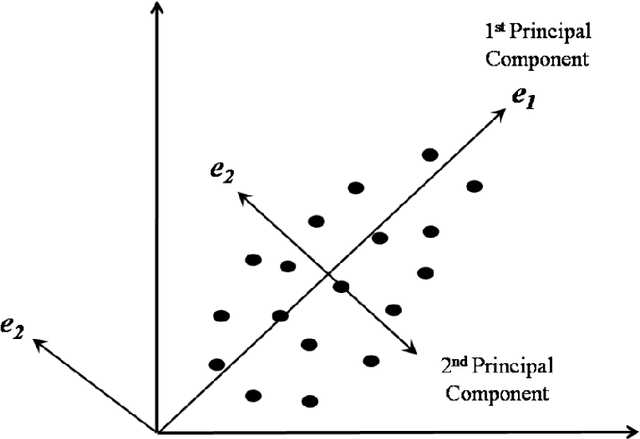
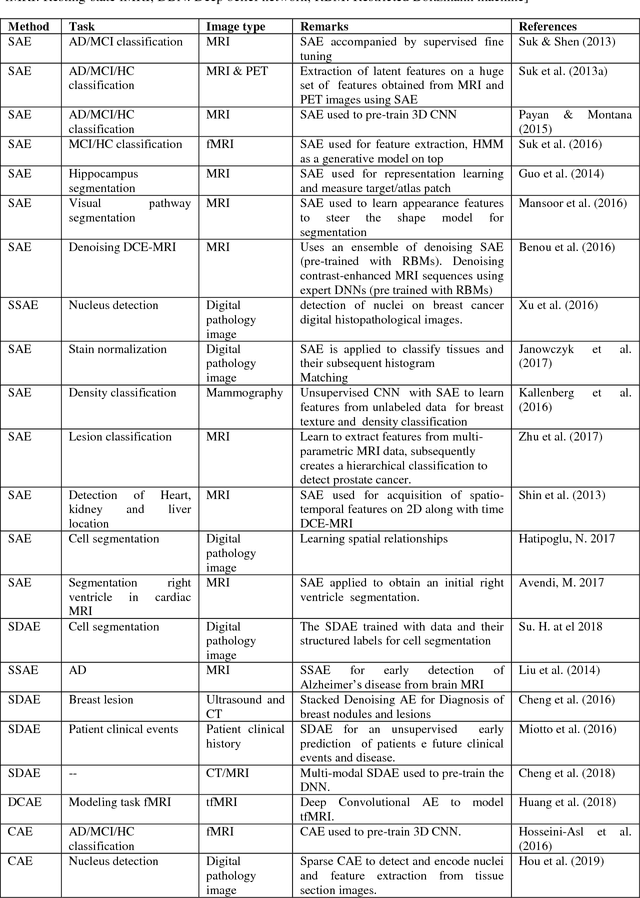
Abstract:Interpretation of medical images for diagnosis and treatment of complex disease from high-dimensional and heterogeneous data remains a key challenge in transforming healthcare. In the last few years, both supervised and unsupervised deep learning achieved promising results in the area of medical imaging and image analysis. Unlike supervised learning which is biased towards how it is being supervised and manual efforts to create class label for the algorithm, unsupervised learning derive insights directly from the data itself, group the data and help to make data driven decisions without any external bias. This review systematically presents various unsupervised models applied to medical image analysis, including autoencoders and its several variants, Restricted Boltzmann machines, Deep belief networks, Deep Boltzmann machine and Generative adversarial network. Future research opportunities and challenges of unsupervised techniques for medical image analysis have also been discussed.
 Add to Chrome
Add to Chrome Add to Firefox
Add to Firefox Add to Edge
Add to Edge